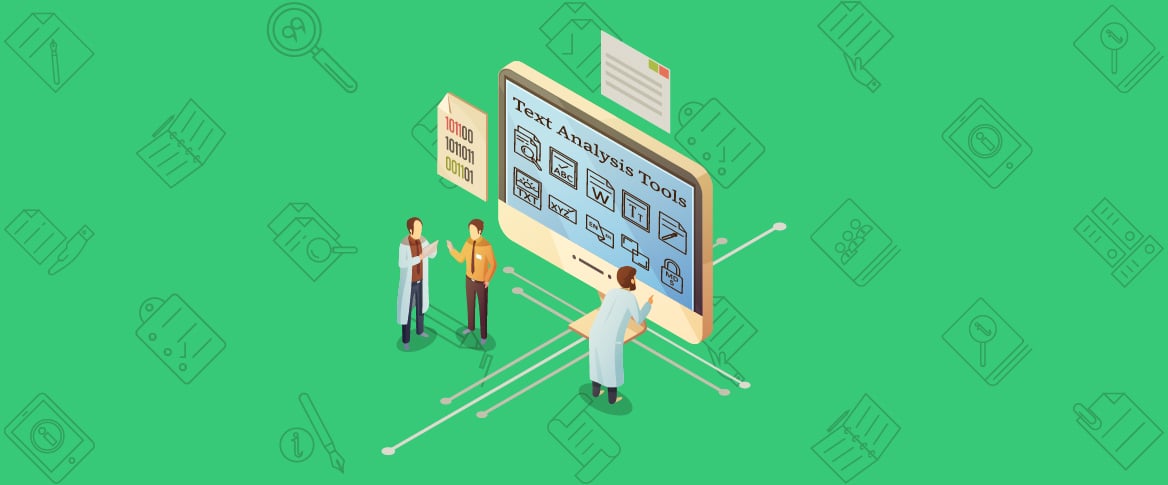Home » About Plagiarism »
 October 8, 2020
October 8, 2020
Plagiarism is using work that is written by someone else without mentioning its name. Academic work deals with plagiarism by giving the major consequence. Many teachers cancel the plagiarized work and some will do more.
If a plagiarizer breaks the rule of copyright then it is illegal. But not every act of plagiarism is a violation of copyright rules. Like, anyone can plagiarize work if it has no copyright. We must keep copyright laws in mind while plagiarizing.
Copyright Infringement
Plagiarism doesn’t have to include copyright infringement. Using someone else’s work without the permission of the source is called copyright infringement. The author of any work gets copyrights to that work even he does not label his work with a copyright symbol. The work must be in physical means that can be stored easily. Only the owner can decide who can make copies of his work legally. It is illegal to copy someone’s work without permission, even if you mention the source of information.
Derivated Work
Using a copyrighted work and rewording it called a derivative work. Since you made some changes in the original work in order to make derivative work, you share the copyright of the original work. But you should ask for permission before making copies because you don’t have entire copyrights for the derivative work.
Because rewording in someone else’s work only creates a derivative work and will not give you complete ownership of the original work.
To avoid guilty of plagiarism, try learning from other’s work instead of paraphrasing or rewording other’s work, and then start writing your own paper. Before writing read some necessary tips for writing.
Precautionary Measures to Prevent Copyrights
Whether it is plagiarism or copyright infringement, it is simply not worth it to copy someone else’s work. If you need to use some information from another source then take some necessary precautions like,
• Always put quotations marks to indicate clearly that words inside the quotations marks are not your own words.
• Always give credit to the original source.
• Always keep the length of any quotation down to a few sentences in order to avoid copyright rules violation
If you are still nervous and want to make sure that your work has not copied, then check your work on any plagiarism checker before submitting it. Hopefully, you’ll never have to say that what seems like plagiarism was just an accident. Keep in mind that you will be rewarded for what you deserve.
- August 2025 (1)
- July 2025 (1)
- June 2025 (1)
- April 2025 (1)
- March 2025 (1)
- February 2025 (2)
- January 2025 (1)
- December 2024 (4)
- November 2024 (8)
- October 2024 (1)
- September 2024 (3)
- August 2024 (2)